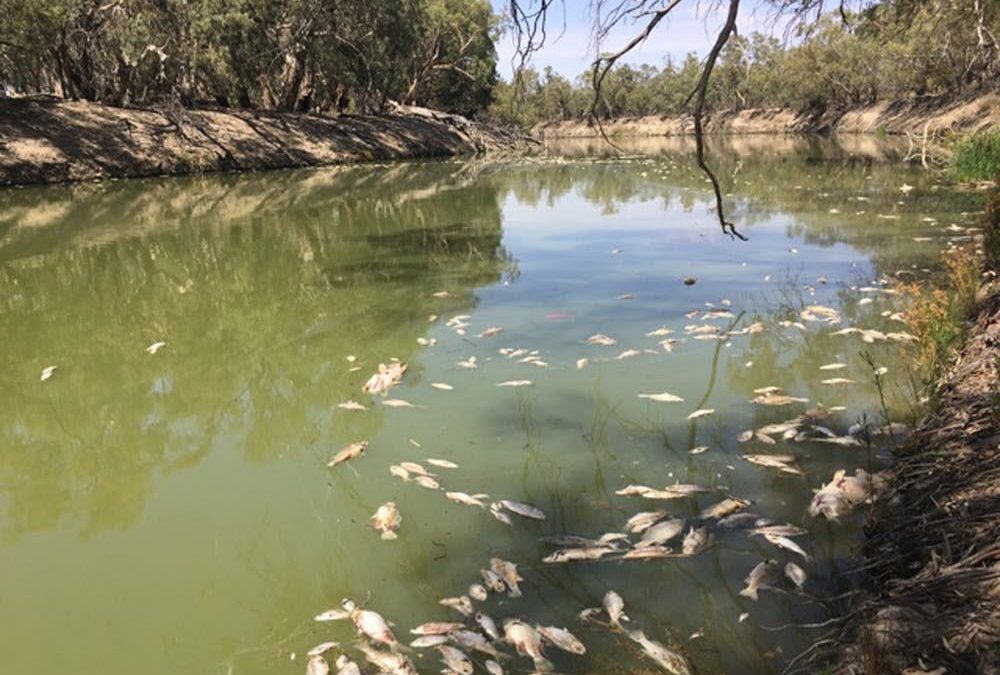Australia Fires
One of the biggest worries is that the sudden influx of nutrients into waterways may lead to “blackwater events” caused by blooms of blue-green algae, also called cyanobacteria. Oxygen can subsequently drop to dangerously low levels for other aquatic life, potentially leading to mass fish kills and affecting species such as freshwater turtles.
Algal blooms in dams could lead to significant problems for the water supply of major cities, such as Sydney and Melbourne. Warragamba Dam, to the west of Sydney, provides drinking water for 3.7 million people. But vast bushfires in and around its catchment area have so far burned more than 148,000 acres of forest.
A bushfire in the catchment in 2006 was the likely cause of an algal bloom that lasted several months in the dam in 2007, and the current bushfires are far more extensive.
Algal blooms in the drinking supply are problematic for several reasons. The resultant deoxygenation can cause fish kills, but it also makes iron and manganese soluble, which can give water a poor taste, odor, and color. Cyanobacteria can also produce chemicals that give water a musty or earthy flavour.
In rare cases, blooms produce dangerous cyanotoxins, which “will require a lot of attention to find out and be looking closely at what’s growing in these reservoirs,” adds Khan. While he thinks public health problems are unlikely in Sydney, he does worry about the challenge of keeping treatment plants running.
National Geographic, Jan 2020

